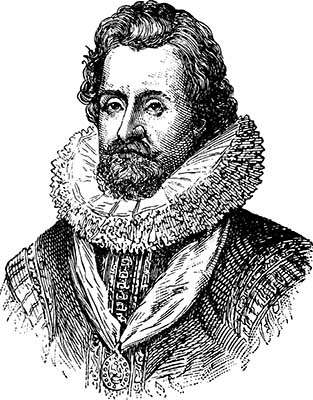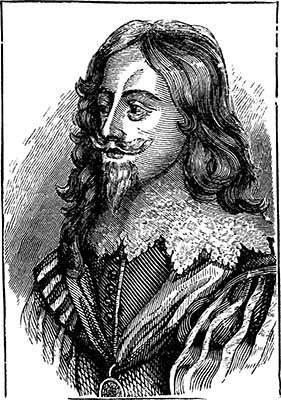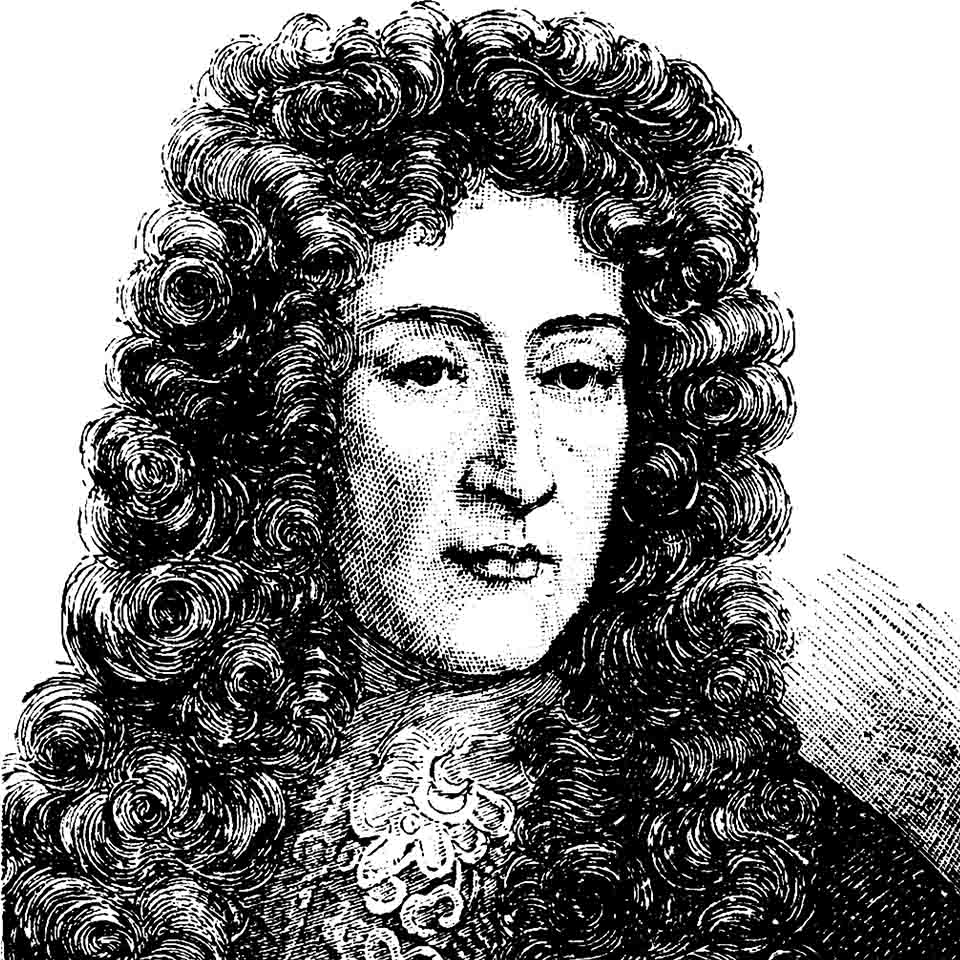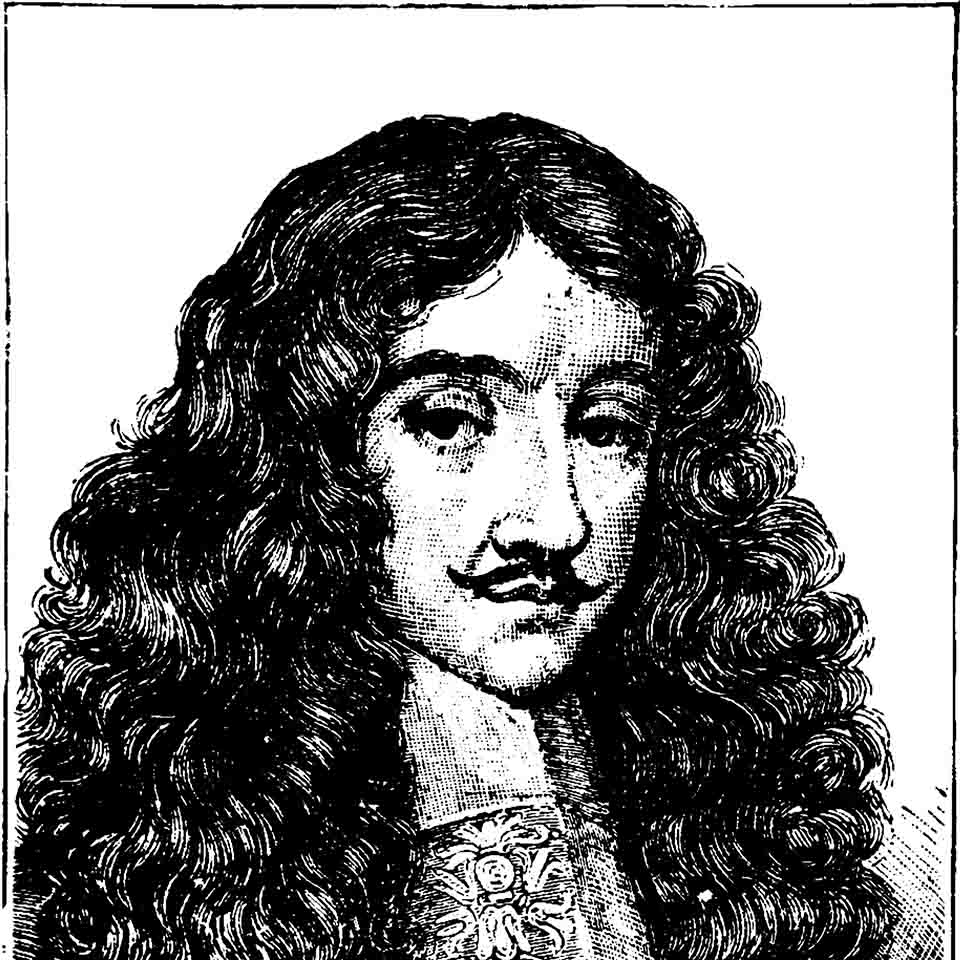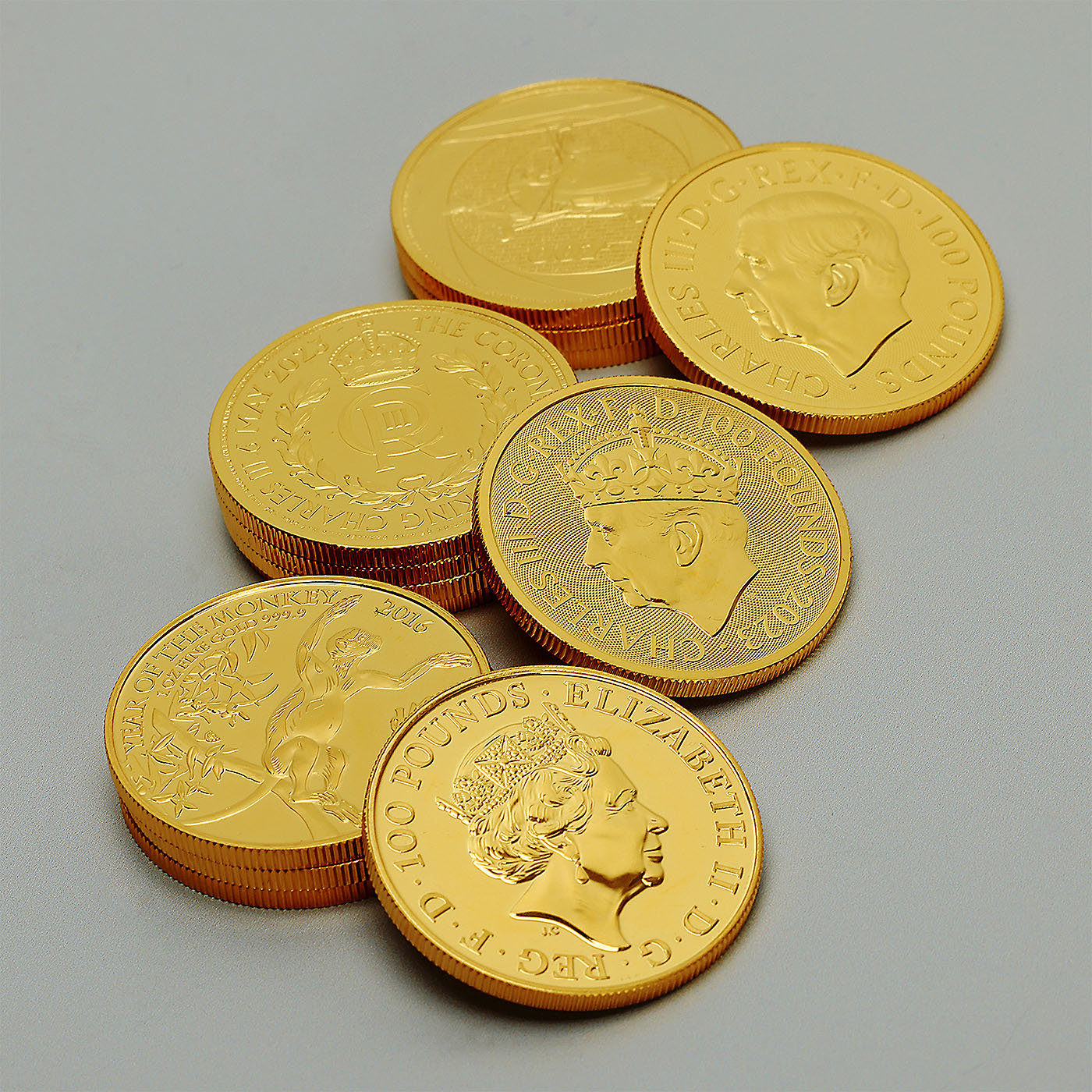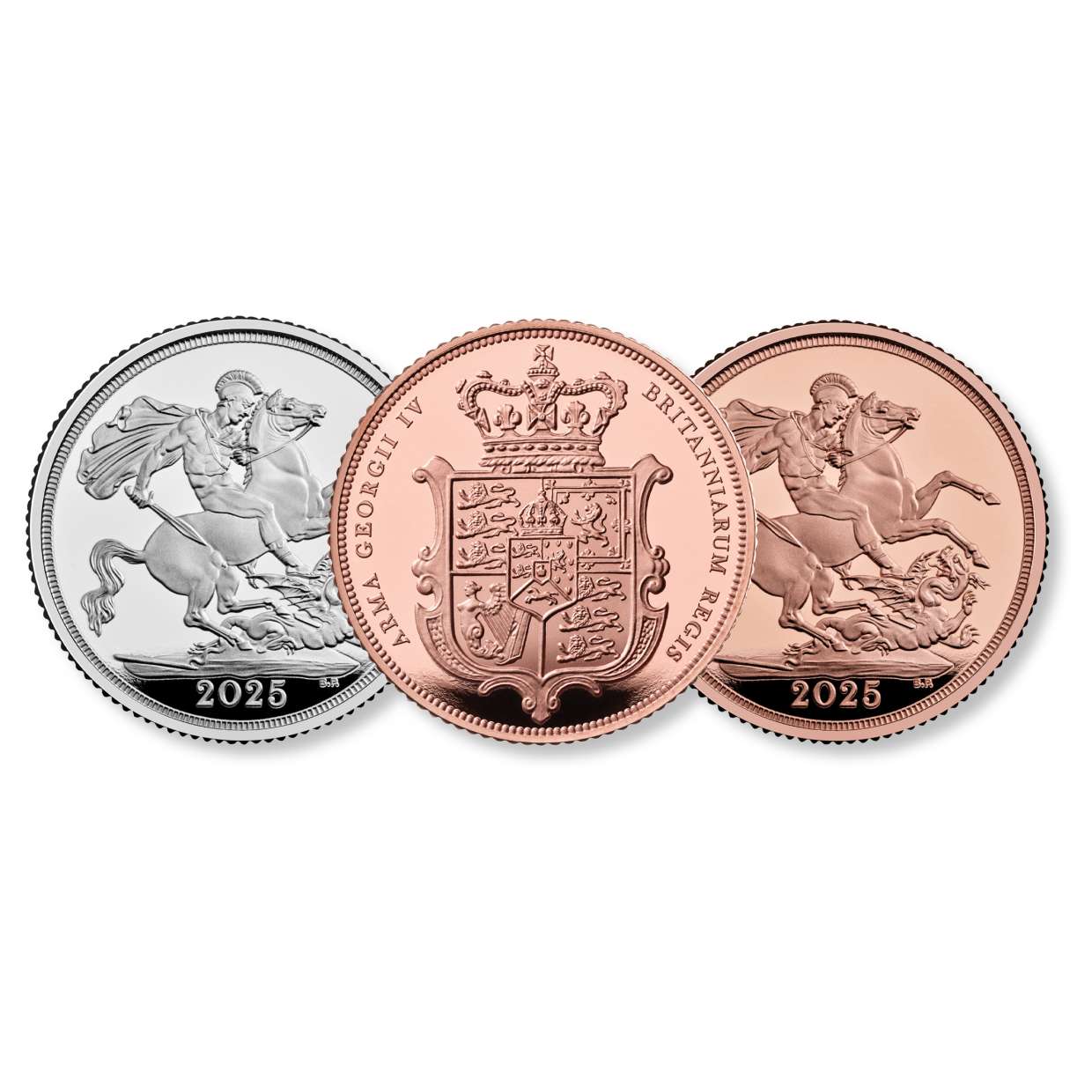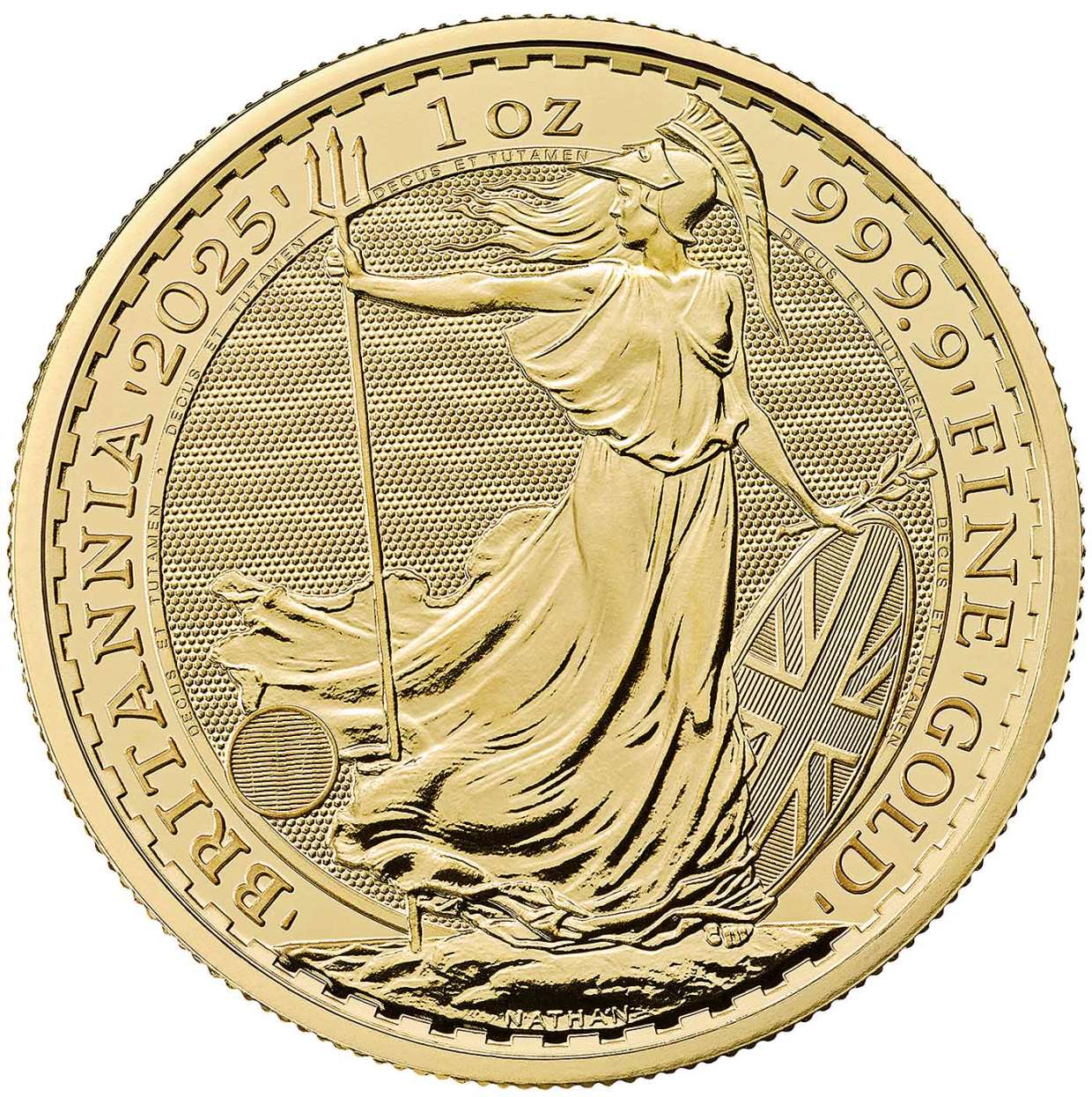Queen Elizabeth I (1558 - 1603)
Synopsis
Elizabeth, known affectionately as 'Good Queen Bess' has gone down in history as one of England's greatest monarchs. Her reign is most famous for the expeditions of Sir Francis Drake and the defeat of the Spanish Armada in 1588. Throughout her reign, Elizabeth was forced to walk a tightrope between competing religious denominations, and faced plots against her throne and person, both from within and outside her Kingdom.
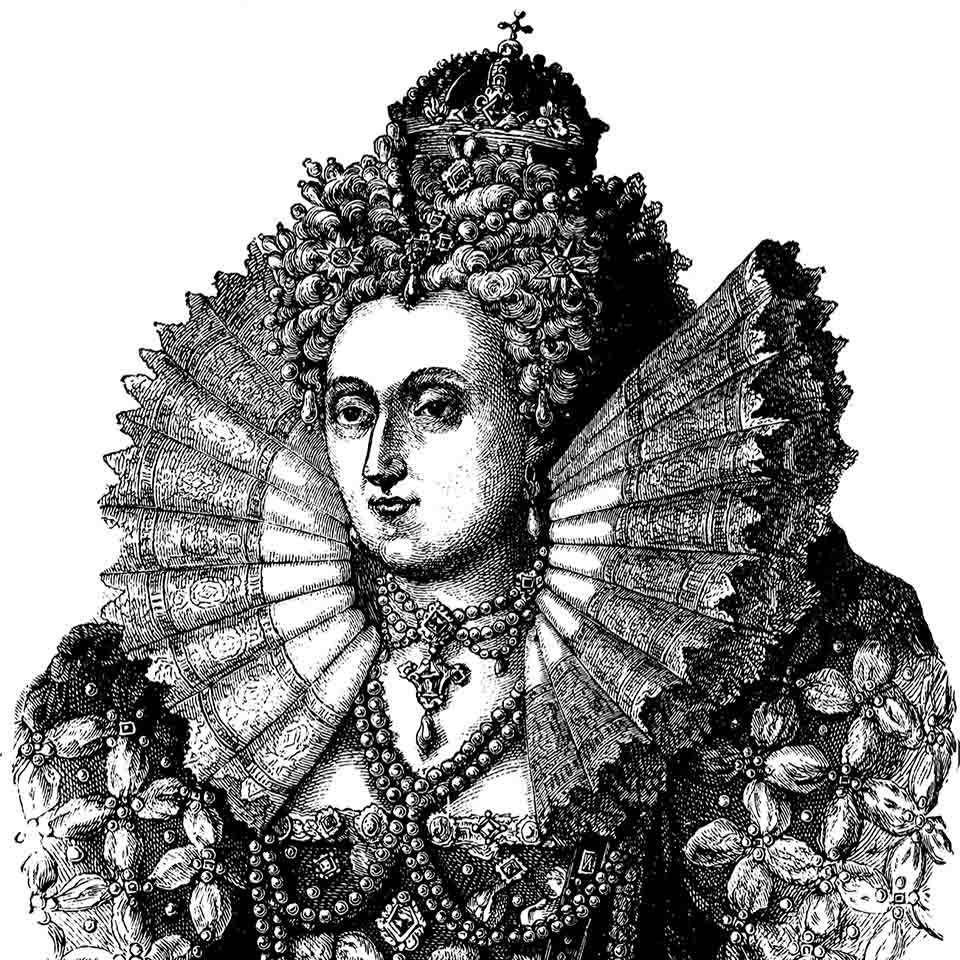
Early Life
Elizabeth's early life was marred by tragedy and uncertainty. Her mother, the unfortunate Anne Boleyn, was beheaded by her father Henry VIII in 1536 when she was only 3 years old. When her father died, she went to live with her stepmother Katherine Parr, who later married Thomas Seymore, a notorious, scheming letch* who is widely believed to have sexually abused the teenaged Elizabeth. Her younger half-brother, King Edward VI, under the pressure of self-servingly ambitious advisers, declared that she and her elder half sister to were illegitimate and therefore to be excluded from the line of succession. Nevertheless, when the young king died, Mary succeeded him, and Elizabeth's protestant beliefs led her to become the focus of plots agains her catholic elder sister, who confined Elizabeth to the Tower as a result. Mary's advisors urged her to sign Elizabeth's death warrent, and Elizabeth must have lived in constant fear that one day, Mary would eventually take heed of their advice, but familial affection prevented her from doing so, even though politically, it would have seemed to be the expedient thing to do.
Elizabeth Succeeds the Throne
Although Mary had married Prince Philip of Spain, she died childless and Elizabeth, as Mary's heir presumptive, succeeded her as Queen Regnant of England. Although Elizabeth was a protestant, she was, unlike her siblings, a moderate who tried to steer a middle path between protestant and catholic extremism. Although she once again rejected any papal authority over the English Church, she maintained many of the rituals of catholic worship within the English Church, whilst maintaining her own supremacy over the English Church. This policy was maintained partly out of sincere religious conviction, but also for the sake of political expediency. She had no desire to aggravate religious tensions between catholics and protestants any more than she felt that she had to, but by taking a middle ground, extremists on both sides were left dissatisfied. Protestant 'puritans' were angered by the maintainance of 'catholic' rituals in the reformed church, whilst catholics were offended by the rejection of papal authority. Both sides were also angered by the clampdown on anyone who refused to worship according to this 'middle way' set down by Elizabeth and supported by the senior clergy.
Conflict With Spain
In 1570, Pope Pius V issued a papal bull declaring Elizabeth I to be a heretic, and nullified any oath taken to her by her catholic subjects, going even further, he made it a religious obligation to ignore her orders and laws. Implicitly, it also gave permission for catholic nations to wage war on England to restore the 'true faith' to what the Pope considered to be a realm populated and ruled by heretics. Mary I's widower, now Philip II of Spain had a vague claim to the throne of England on the grounds that he was co-monarch whilst Mary I was still alive. Elizabeth's willingness to let English privateers like Sir Francis Drake raid Spanish shipping and Spanish ports, as well as supplying protestant rebels in the Spanish Netherlands with arms and supplies hardly soothed tensions between brother and sister in law, but the final straw came when Elizabeth had her Catholic cousin Mary, Queen of Scots executed in 1587 for conspiring to have Elizabeth assasinated and herself placed on the throne. Having executed a fellow queen, and destroyed any hope of a Catholic heir succeeding her, Elizabeth had made invading and deposing her not just a matter of satisfying a personal grudge for the fervently Catholic Spanish king, it had also become a matter of launching a Holy Crusade against an errant, infidel nation ruled by a satanic Queen that had abandoned and blasphemed all that was holy.
The Armada sent by Philip in 1588 famously came to grief however, through a combination of poor weather and English fireships wreaking havoc amongst the Spanish fleet. The Spanish Armada was forced to sail back to Spain via a circuitous route around the British Isles, where it lost even more ships due to bad weather. Although the war with Spain continued for many years after this, the immediate threat to England from Spain had been averted, and raids against Spanish shipping continued for the rest of Elizabeth's life.
The Virgin Queen
Elizabeth never married, despite several proposals and suitors, including her later enemy Philip II. Her experiences with Thomas Seymore during her youth had perhaps made her wary of being manipulated and exploited by men, especially in the days when women, even Queens Regnant, where expected to be subservient to their husbands. For similar reasons, Elizabeth's ministers were uneasy at the idea of her marrying. Elizabeth had toyed with the idea of marrying the widowed Robert Dudley, a childhood friend of Elizabeth's and her strongest favourite. However, the scandal surrounding the death of his first wife made the prospect of marriage between the two highly unpopular. Partly for this reason, the two never married, but Elizabeth continued to carry a torch for Dudley, who eventually remarried, until his death in 1588. By this time, Elizabeth was past childbearing age, and it had become apparent that her first cousin once removed, James VI of Scotland (son of Mary Queen of Scots), was likely to succeed her upon her death. Although she never explicitly named him as her heir, as Elizabeth's closest surving male relative, he was the obvious candidate to succeed her. When the Queen died in 1603, James VI of Scotland was informed within 8 hours of the Elizabeth's death that he was now James I of England. He at once began preperations to journey south to London.
Legacy
The reign of Elizabeth I has been viewed in subsequent years as a golden age, with England becoming stronger, wealthier and more prestigious as the result of her wise rule. The defeat of the Armada is seen as being one of the high point in English history, although other campaigns fought in this Anglo-Spanish war, such as the English Armada sent against Spain in 1589, were as much of a failure on the part of the English as the defeat of the Spanish one the year before had been a triumph.
As far as the numismatist is concerned, Elizabeth is notable for restoring the silver coinage to the sterling standard of fineness, and for introducing milled coinage for the first time, although this was to prove a short-lived experiment thanks to the opposition of the mint workers and the relative inefficiency of the hand-powered milling equipment that was used to strike these issues. Perhaps one of her most lasting contributions (for the time being at least) was her failure to produce an heir, which led to the King of Scotland succeeding her as King of England, and uniting the two realms, which had long been a dream of English monarchs since the middle ages, although as it turned out, it was a Scottish king, rather than an English one, who was to achieve this dream of uniting the island of Great Britain.
*He was later executed for treason
A history of Kings and Queens of England - Learn more about the Kings and Queens that reigned England throughout the different monarch dynasties (1066-2022).
Related Blog Articles
This guide and its content is copyright of Chard (1964) Ltd - © Chard (1964) Ltd 2025. All rights reserved. Any redistribution or reproduction of part or all of the contents in any form is prohibited.
We are not financial advisers and we would always recommend that you consult with one prior to making any investment decision.
You can read more about copyright or our advice disclaimer on these links.

